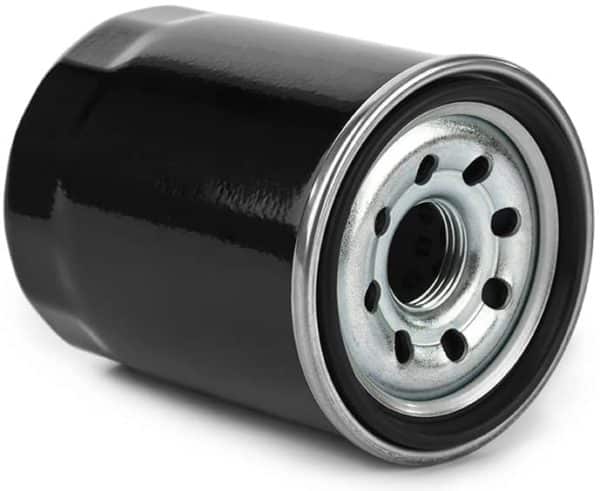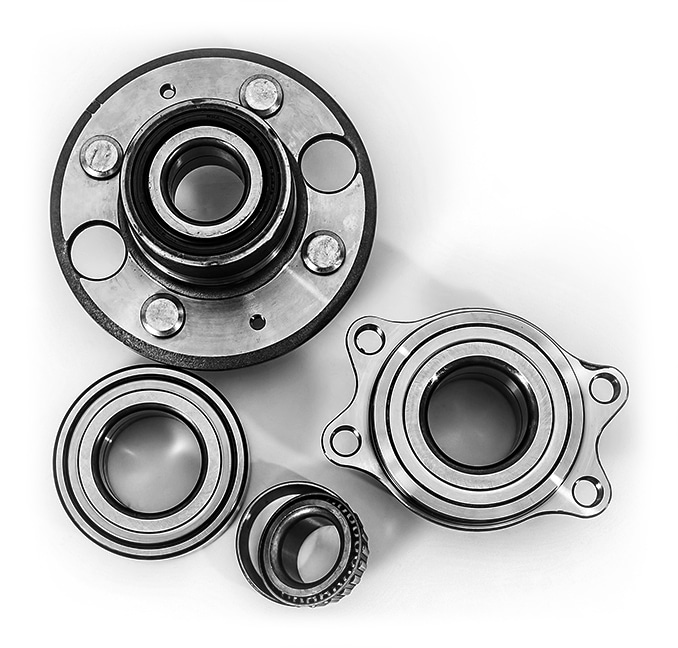Properties of Tin Plates1. Rust-Resistant
Tin plating has excellent corrosion resistance and prevents the
formation of rust.
Tin does not dissolve easily in water, and as long as the tin
plating does not peel off, it can prevent oxidation of iron.
However, if the tin plating peels off and the iron comes into
contact with water, the iron will dissolve into the water and rust
the iron because iron has a greater ionization tendency than tin.
Ionization tendency refers to how easily an element loses electrons
when it becomes an ion, i.e.,
its tendency to give up electrons when it forms an ion.
The greater the ionization tendency, the more easily the element
loses electrons and tends to produce stronger cations.
2. Beautiful Surface
Tin plating allows tin to be plated evenly on the steel sheet
surface, resulting in a smooth surface.
Tin also reflects light well, resulting in a beautifully shining
finish.
3. Suitable for Welding and Soldering
The tin coating is a mixture of iron and tin, which makes it easy
to weld and solder.
Since the tin plating layer is a mixture of iron and tin, when
welded or soldered, the metals mix and connect with each other
to form a strong bonding surface.
Soldering is a method of joining metal parts together using an
alloy called solder.
Solder is generally composed of metals such as tin (Sn), copper
(Cu), silver (Ag), and lead (Pb),
which have a low melting point and can be heated to melt to form a
metal-to-metal bond.
Solder is generally an alloy of tin (Sn) and lead (Pb).
However, lead-free solder is now widely used due to environmental
and health concerns.
Lead-free solder is an alloy made mainly from metals such as tin
(Sn), silver (Ag), and copper (Cu) and does not contain lead.
4. Corrosion Resistance
Tin Plate is a low-carbon steel sheet with a tin-plated surface
treatment.
The tin-plated film is a mixture of iron and tin, and the strength
of the tin-plated layer is enhanced by the mixture of iron and tin.
The tin plating layer makes the surface of tin plate more resistant
than iron to chemicals such as moisture, oxygen, acidity,
and alkalinity.
In particular, it prevents oxidation and corrosion caused by
chemicals present in the air, such as moisture and oxygen,
and prevents surface rusting.
Tin plate is also resistant to corrosive chemicals such as acidic
and alkaline chemicals, making it a highly durable material.
5. Functions as a Solid Lubricant
Tin Plate's tin-plated layer makes the surface slippery and smooth,
improving the workability of steel sheets.
It is especially suitable for mass production such as press work.
Applications 



